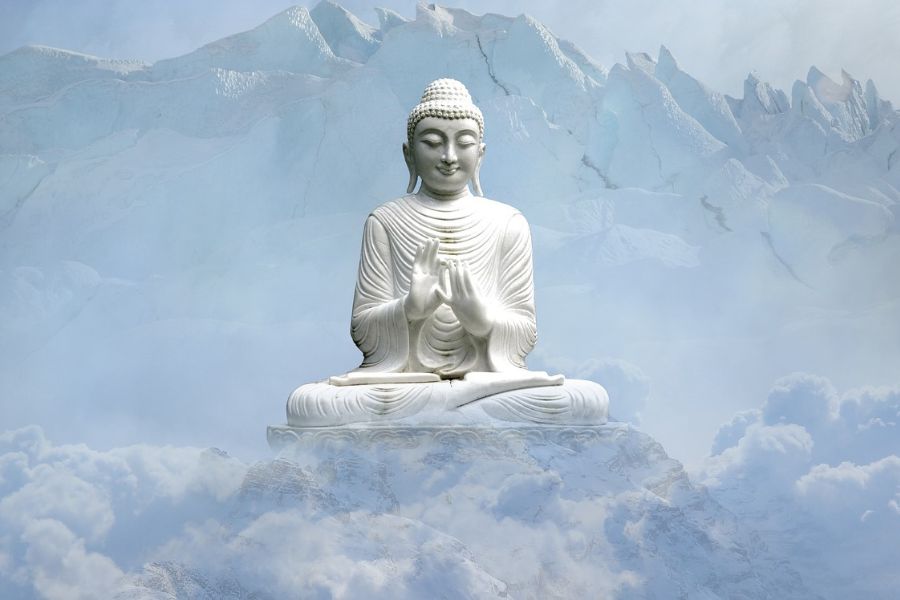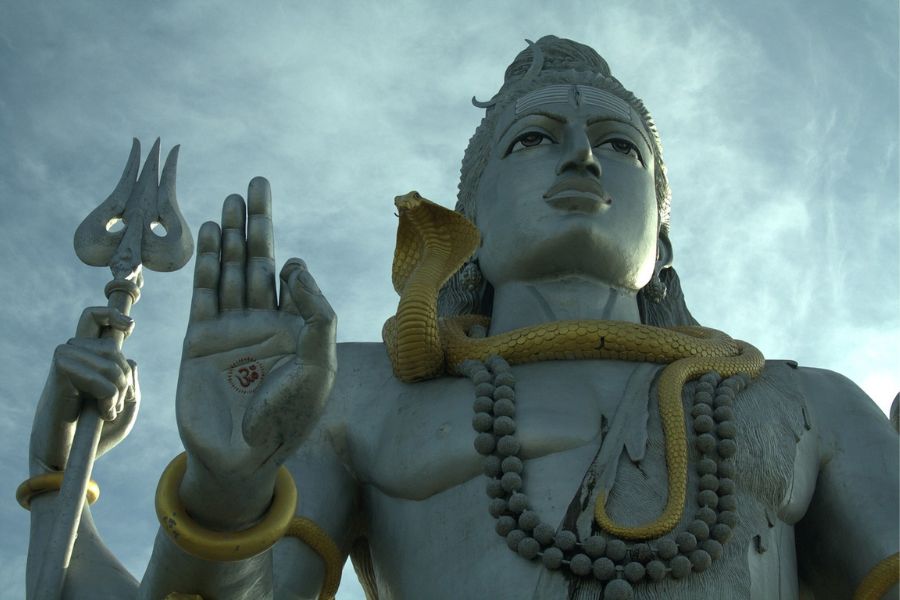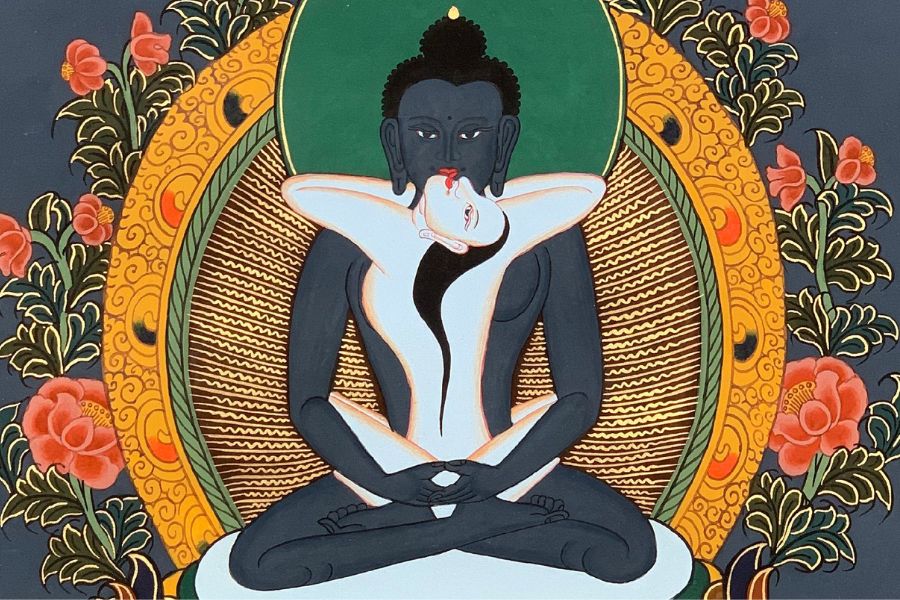The mystical experiences known as "Wu" possess a paradoxical nature: they are both unique and multiple. They share the same transcendental essence, yet differ in intensity, clarity, and transformative impact. This diversity implicitly reveals the complexity of spiritual experience itself.
The famous question posed by Meng Shan — “What is your original face?” — points to the search for the primordial state of consciousness. Similarly, Genesis presents a profound metaphor when it states that “a man shall leave his father and mother and be united with his wife, and they shall become one flesh.” This is a call to reintegration of the being, a return to the lost Unity.
Inspired by this same spirit, Samael Aun Weor reminds us that, according to the eternal records of esoteric wisdom, all great divine messengers — the Avataras — come into the world with the mission of restoring that original condition: the Edenic state of the Adam-Kadmon, the archetypal androgynous being symbolizing the perfect fusion of masculine and feminine principles.
This restoration takes place during the most sublime moments of conscious loving union, when two souls, surrendering fully in the act of love, transcend the boundaries of individuality and merge into the essence of the One. This union is not merely physical; it touches the most subtle planes of the soul and spirit.
Therefore, to reject the spiritual dimension of sexuality — as some doctrines do — is to turn away from the very source of divinity. The most refined esoteric currents of today recognize that the human being is a living reflection of the cosmos, and that their creative energy, the sexual energy, plays a crucial role in the work of self-realization.
This vision is not new. As early as the Middle Ages, sages like Saint Albertus Magnus recognized that sexual force was deeply influenced by the stars, conceived as entities with a mixed nature — both angelic and animal. This led them to view marriage as a total union: both spiritual and corporeal.
Saint Augustine, with his Gnostic insight, saw libido as a bridge between the body and the deep Self, capable of generating a unique sensation where flesh and spirit intertwine. At the peak of this experience, he said, the mind dissociates from consciousness — creating a state of ecstasy that transcends the physical plane.
This kind of mental suspension, or inner silence, is also a common goal in the contemplative practices of Zen Buddhism and Christian Quietism, such as that of Friar Miguel de Molinos. When the mind becomes completely still, ultimate reality is revealed. In that moment, consciousness is freed from the prison of the intellect and experiences the Being.
It is said that when his disciple asked how to attain the Tao, Master Bodhidharma replied: “Cease all external activity; calm the mind internally. When it becomes like a wall, then the Tao may be attained.”
For Chan practitioners, complete enlightenment (“Chueh”) is rarely mentioned, for they know that “Wu” — that glimpse of Truth — is only the beginning. After awakening, a long journey of purification begins, especially in the domain of sexual alchemy, where passions and dualistic thoughts that obscure the soul must be dissolved.
The Gospel of the Tao advises clearly: “Purify your heart, cleanse your thoughts, master your appetites, and preserve your vital energy.”
Truth must be grasped through an instant illumination, but the fact — the complete intimate self-realization of the being — must be worked upon intensely and gradually. This leads us to understand that without Sahaja Maithuna, we could never truly comprehend the essence of the famous Hua Tou sentence, “Wu.”
Observe the vertical lines of the letter “W,” study the form! The graphical arrangement clearly emphasizes the basic idea of successive exaltations always preceded by tremendous humiliations.
Whoever wishes to rise must first descend — this is the Law. Initiation is both death and marriage. Since “Wu” is essentially the mystical experience of the awakening of Truth (Prajña), the person who experiences the “W” may not be able to master it, deepen it, or mature it.
Much work is required in the Ninth Sphere before reaching perfection, in order to eliminate the deeply rooted, dualistic, and selfish thoughts that arise from passions.
Other traditions, such as the Arab one, also revere conscious sexual union. Writings such as the El-Ktab celebrate this moment as a sacred expression of reunion with lost Unity — an evocation of paradisiacal delight.
Love, in this context, becomes the “Fiat Lux” — the creative command proclaimed at the beginning of time, according to Moses. When this energy is used wisely, with the purpose of dissolving the psychic elements that imprison the soul, inner light is generated.
Within our unconscious structures lie seeds of consciousness — divine sparks that must be liberated. Just as the atom, when split, releases immense energy, so too do we release light when we eliminate the densest aspects of our being.
Goethe expressed this spiritual longing with his last words: “Light, more light!”
In the words of Samael Aun Weor, sexual magic represents the immutable foundation of the first Fiat — the creative spark marking the beginning of everything. Only through the complete annihilation of the Ego and its inferior contents can one attain supreme enlightenment, the state of Samyasambodhi.
Thus, the spiritual journey initiated by “Wu” extends from the first perceptions of self-knowledge to full realization, as demonstrated by the great enlightened beings of humanity.




















